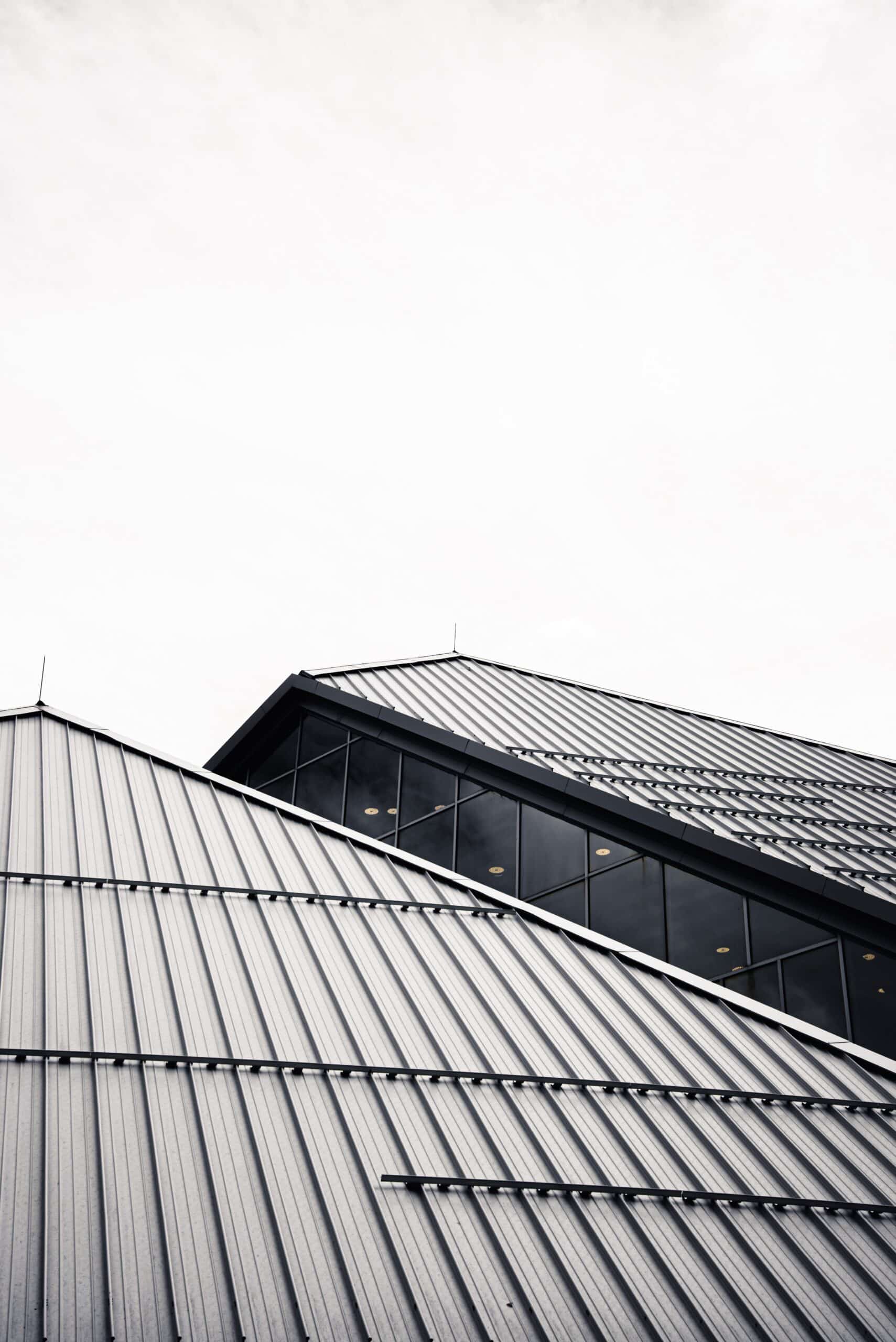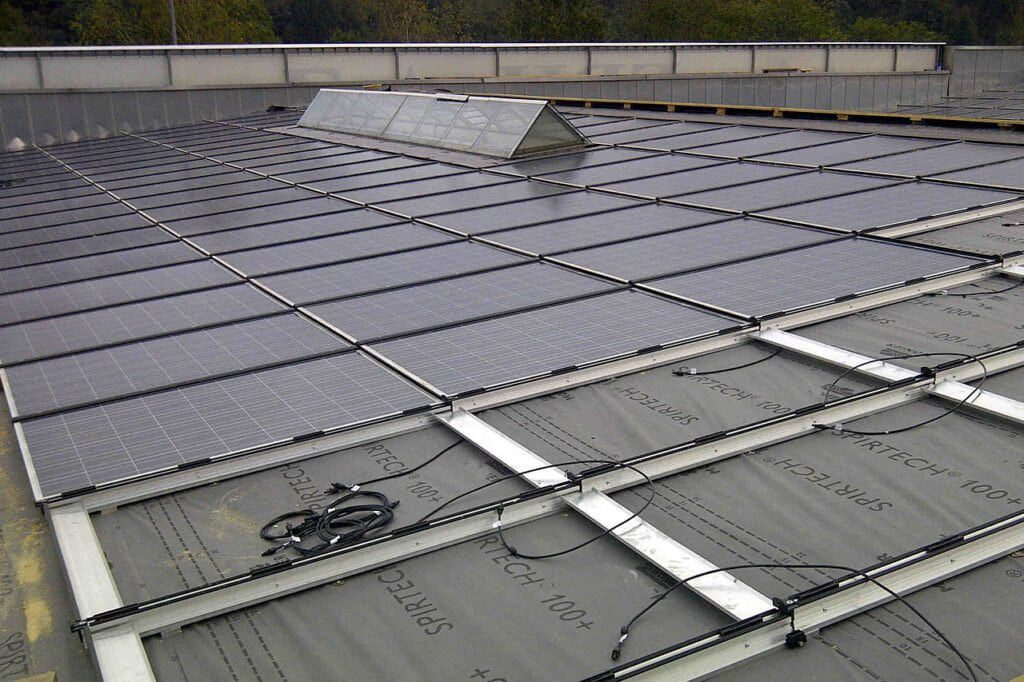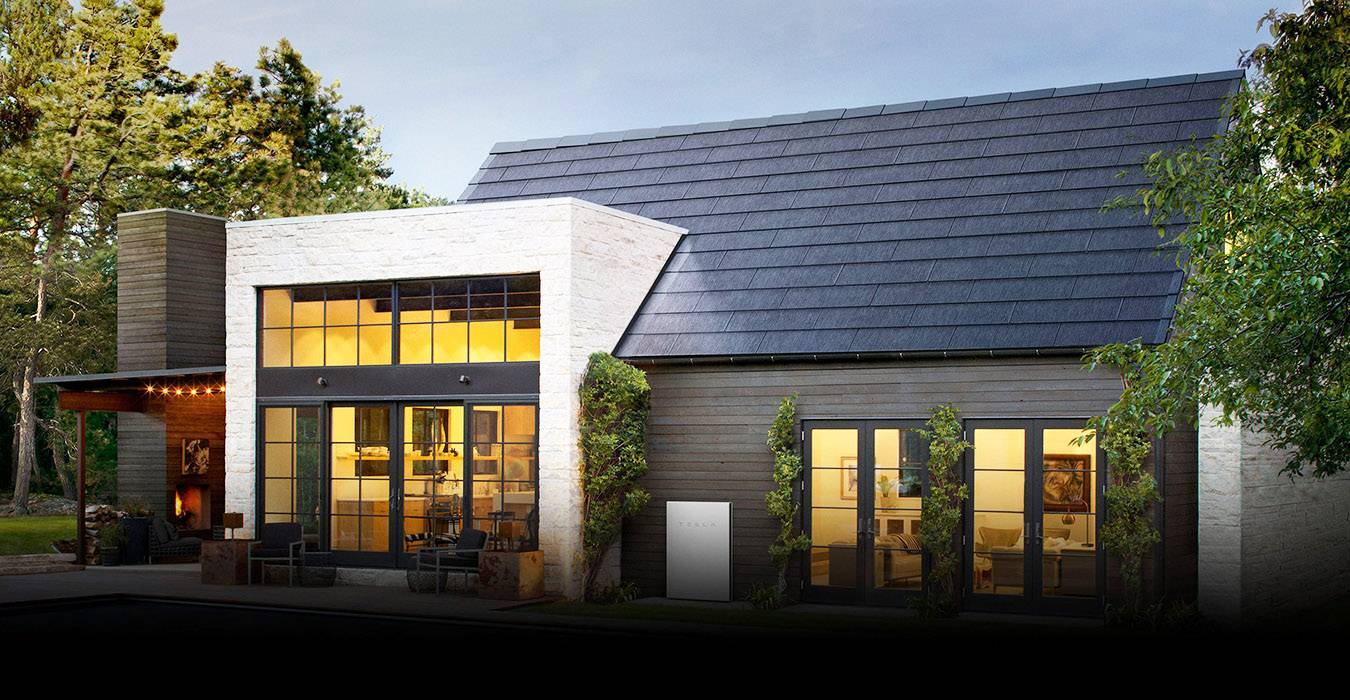BIPV: an acronym that stands for Building Integrated Photovoltaics. In Italy we call it FAI, photovoltaics architecturally integrated into buildings. It currently consists of photovoltaic solar modules "flush" with the roof, which act as tiles. Since Tesla announced Solar Roof in 2016 there wasn't much news. Rooftop solar and BIPV systems are still considered a niche of the residential solar industry. A solution perceived as too expensive or experimental compared to a simple system of panels installed on a roof.
Today, sharp declines in the cost of solar, increases in panel efficiency, and new business models may make BIPV the most popular residential solar option.
What obstacles are there to BIPV “solar tiles”?
BIPV is growing rapidly but, as mentioned, it has not reached the mass market. Sure, there are as many as 2 million such rooftop installations in the US, but it's still an extremely small percentage of the total. And in Italy? It is useless to get lost in calculations: the situation is deficient.
The most sensible way to give photovoltaics an important scale is to replace all the old roofs, as they are redone, with BIPV systems. And obviously make all the new roofs with the same logic.

Roofs and solar cars, a common destiny
I expect the adoption of photovoltaic roofs to be similar (with due consideration) to that of electric vehicles. Ten years ago, the electric vehicle market was virtually non-existent: it now represents around 2% of car sales and is growing exponentially. If electric vehicles double their market share every two years, we will have 16% of the market share in 2025 and 64% in 2029.
Integrated photovoltaics in BIPV buildings is following the same growth curve. More and more companies are entering the industry, the product is improving, costs are falling, and consumer awareness is increasing. The destinies of cars and roofs can cross, because IF and WHERE energy accumulators, solar vehicles and panels are produced, the productions are destined to coexist.
Italy should think a lot about the possibility of this energy and ecological transition, and not hesitate even for a second. The companies that produce solar in Italy are still scandalously few, we would need an entire manufacturing industry.

Solar as a roof: a bright future
BIPV panels are now comparable in terms of efficiency to traditional solar. And they allow homeowners to fit more roof-integrated solar capacity into a similar amount of roof space. Increasing the efficiency of panels is an important part of this process: increasing solar capacity and BIPV product production will even increase the long-term value of a home.
It is no longer a product to install with a relatively short lifespan. FAI (or BIPV) solar tiles can become an integral part of a building (without interventions as for traditional panels, which can cause leaks or infiltrations). On the aesthetic level, comparisons do not even exist.


